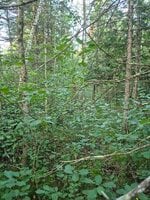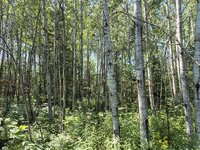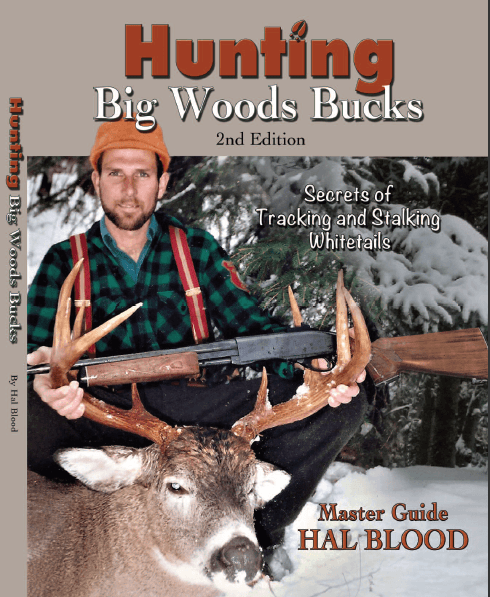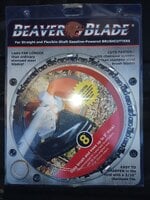8mm Enthusiast
Beginner
- Jul 6, 2025
- 24
- 17
Does anyone here have tips on how to quietly move through thick forests such as the one in the image covered with branches, stems, and foliage without making excessive noise?
I find it extremely challenging trying to balance these three things: not making excessive noise, not making any rapid movements, still moving at a pace to cover ground in a timely manner.
I wear glasses so my eyes are protected. I have thought about using a machete to cut through, however, am concerned about the noise that the slashing would make and how that could alert the critters around me of my presence.
Any tips from experienced individuals would be appreciated.

I find it extremely challenging trying to balance these three things: not making excessive noise, not making any rapid movements, still moving at a pace to cover ground in a timely manner.
I wear glasses so my eyes are protected. I have thought about using a machete to cut through, however, am concerned about the noise that the slashing would make and how that could alert the critters around me of my presence.
Any tips from experienced individuals would be appreciated.









